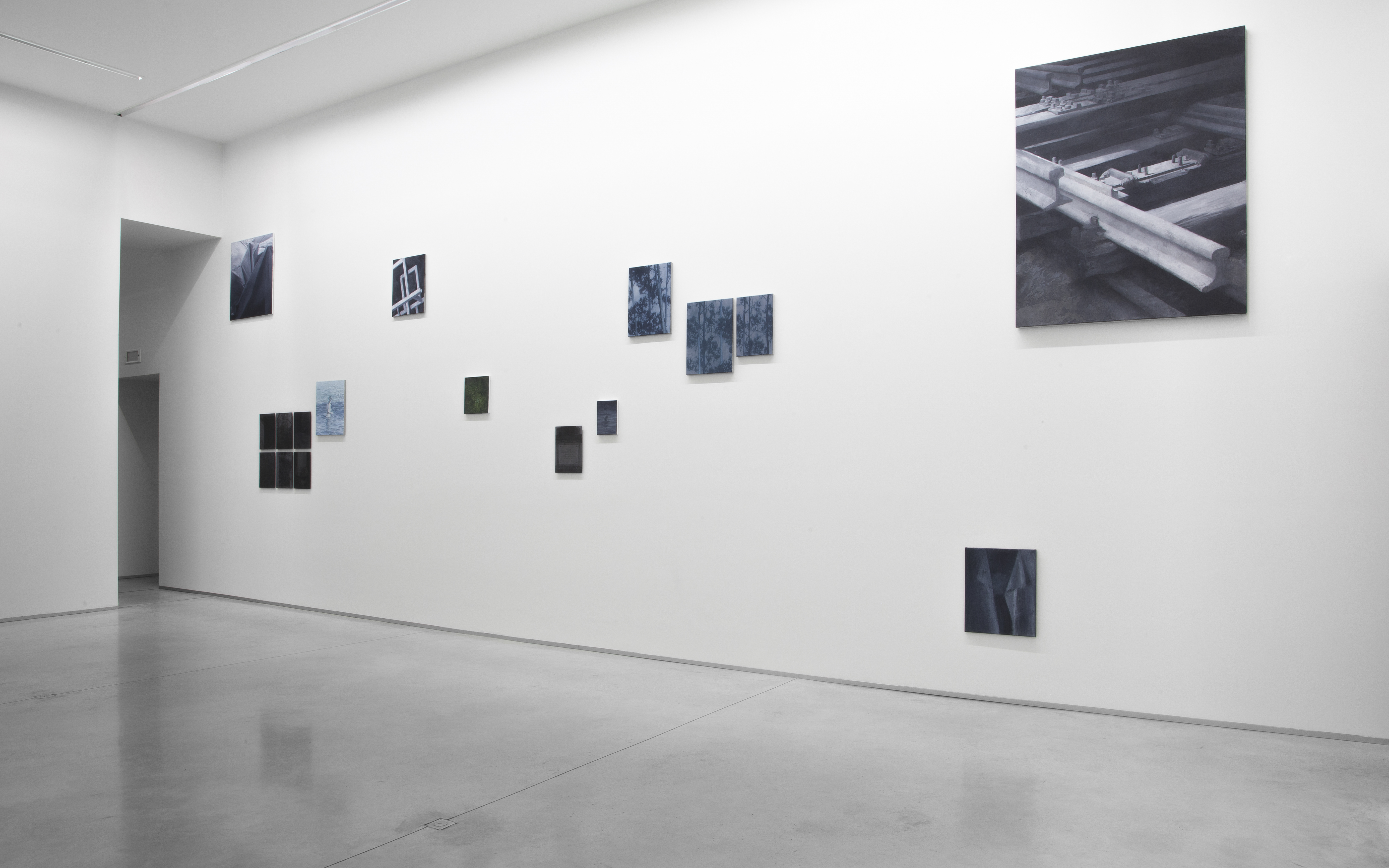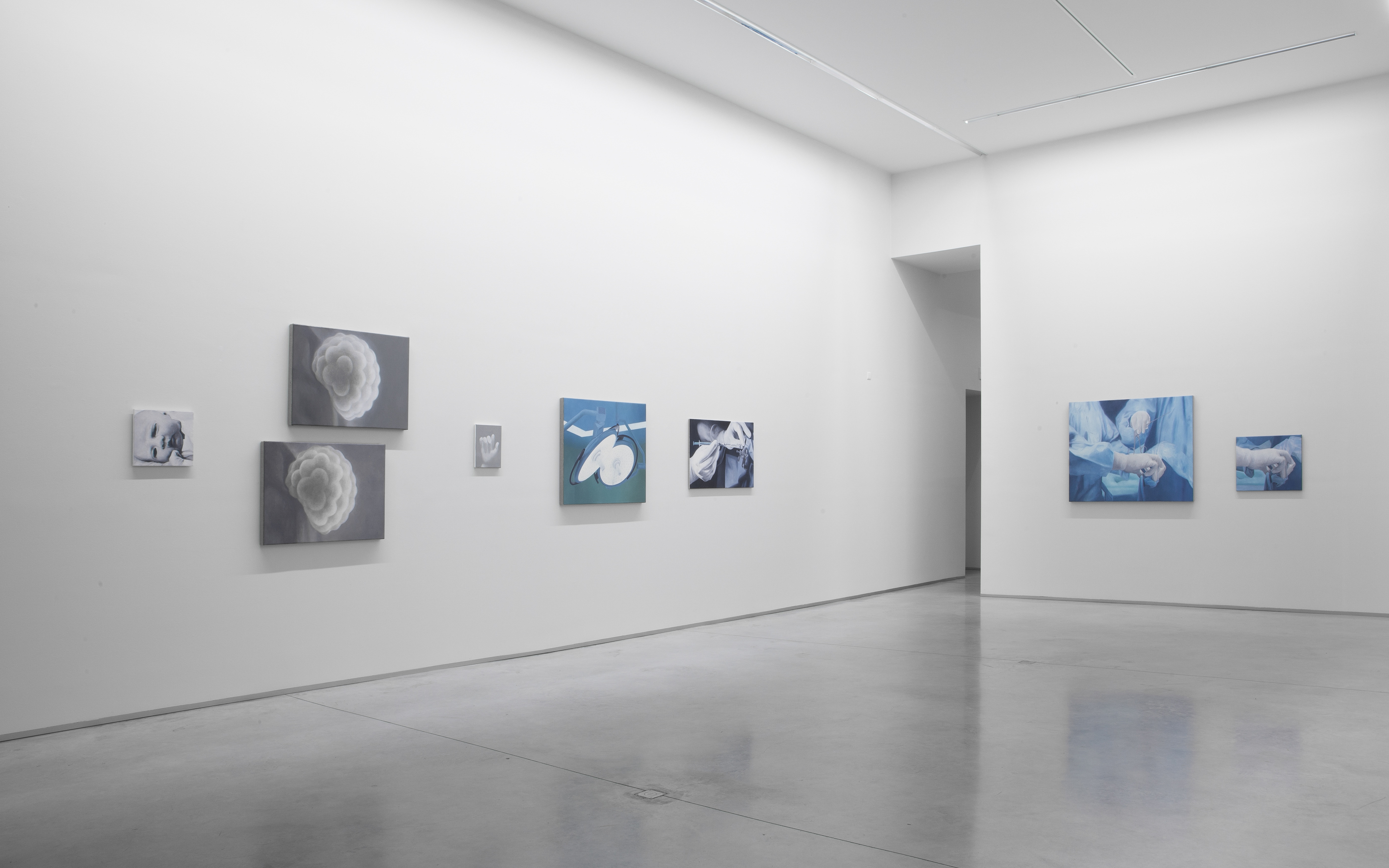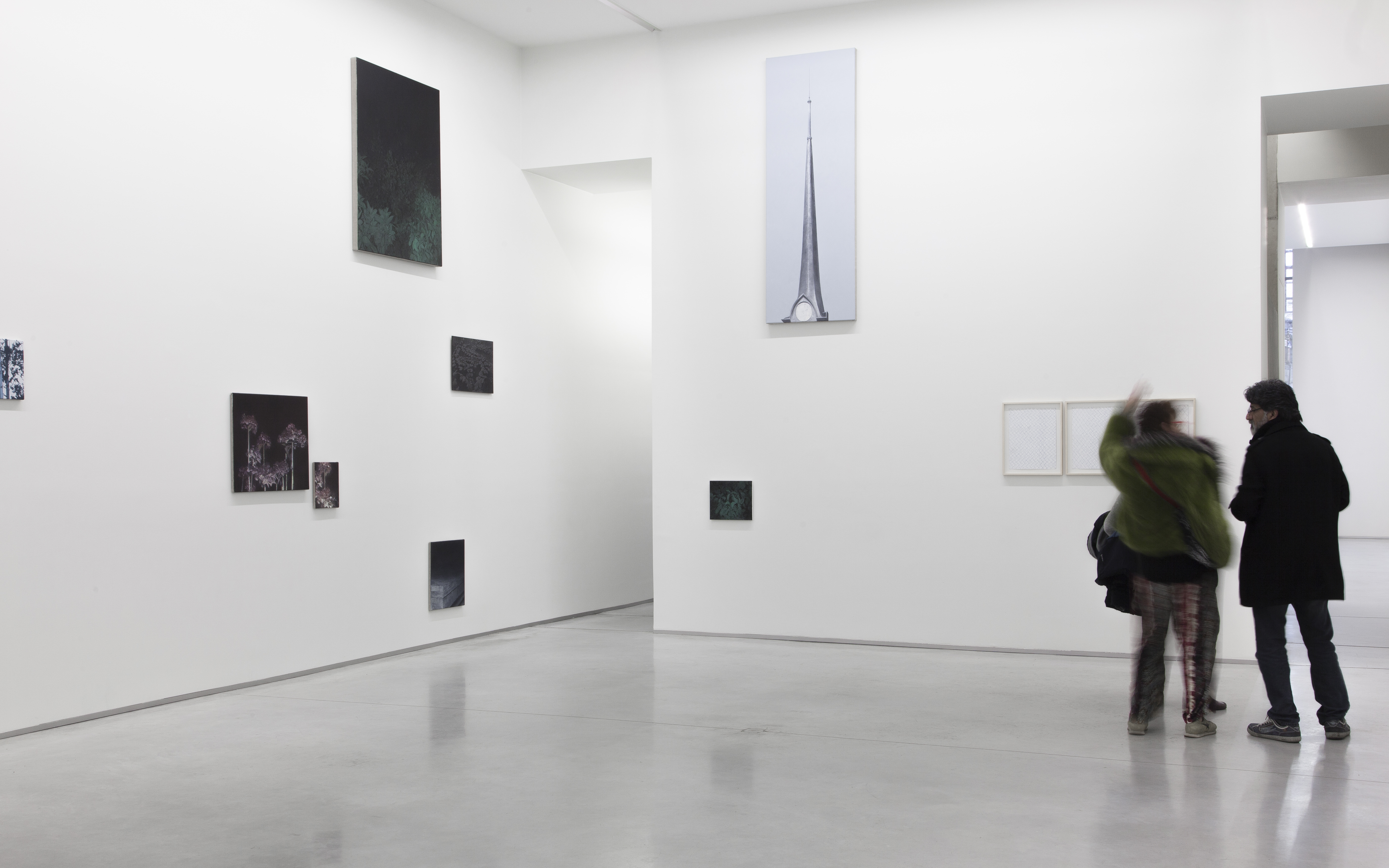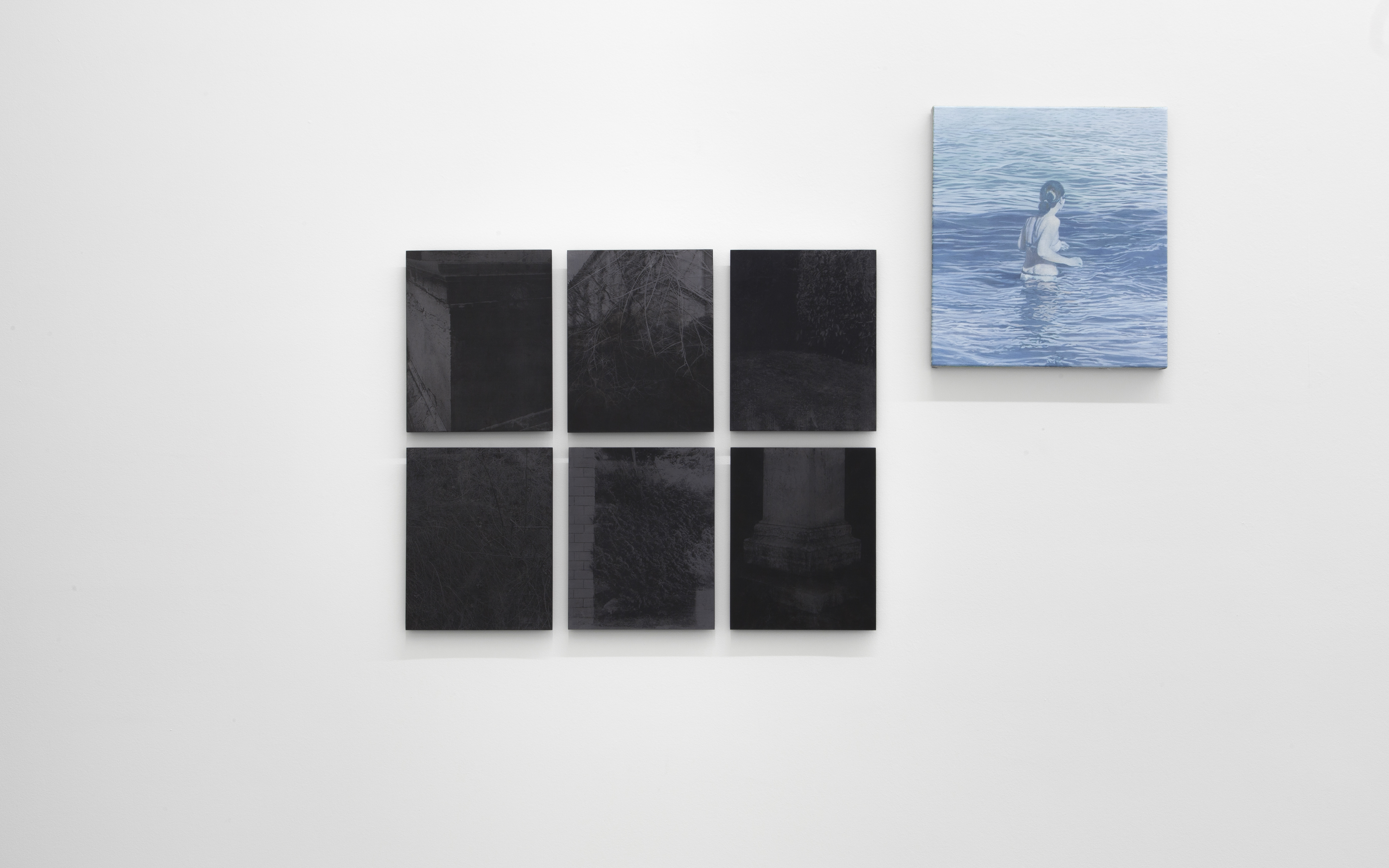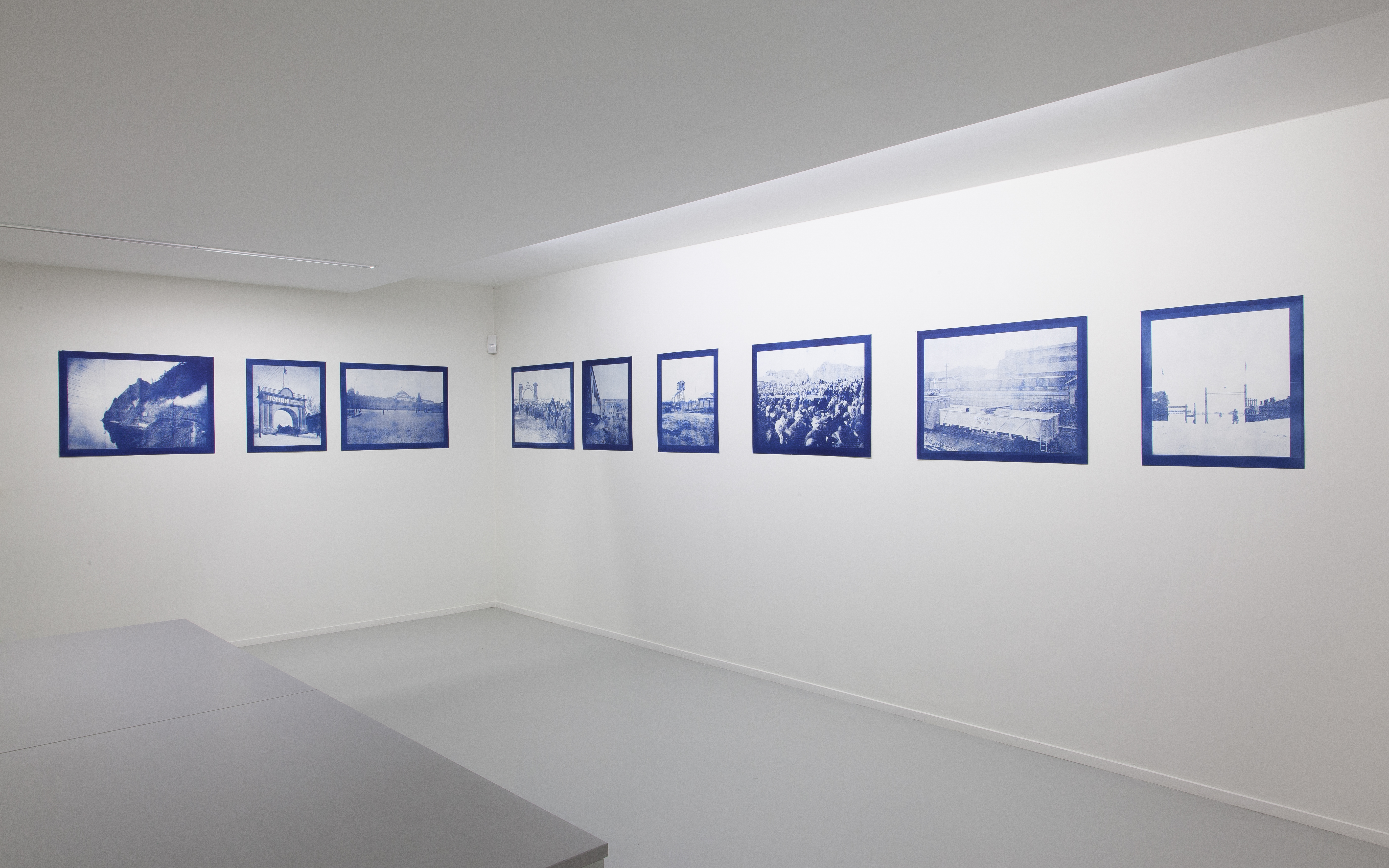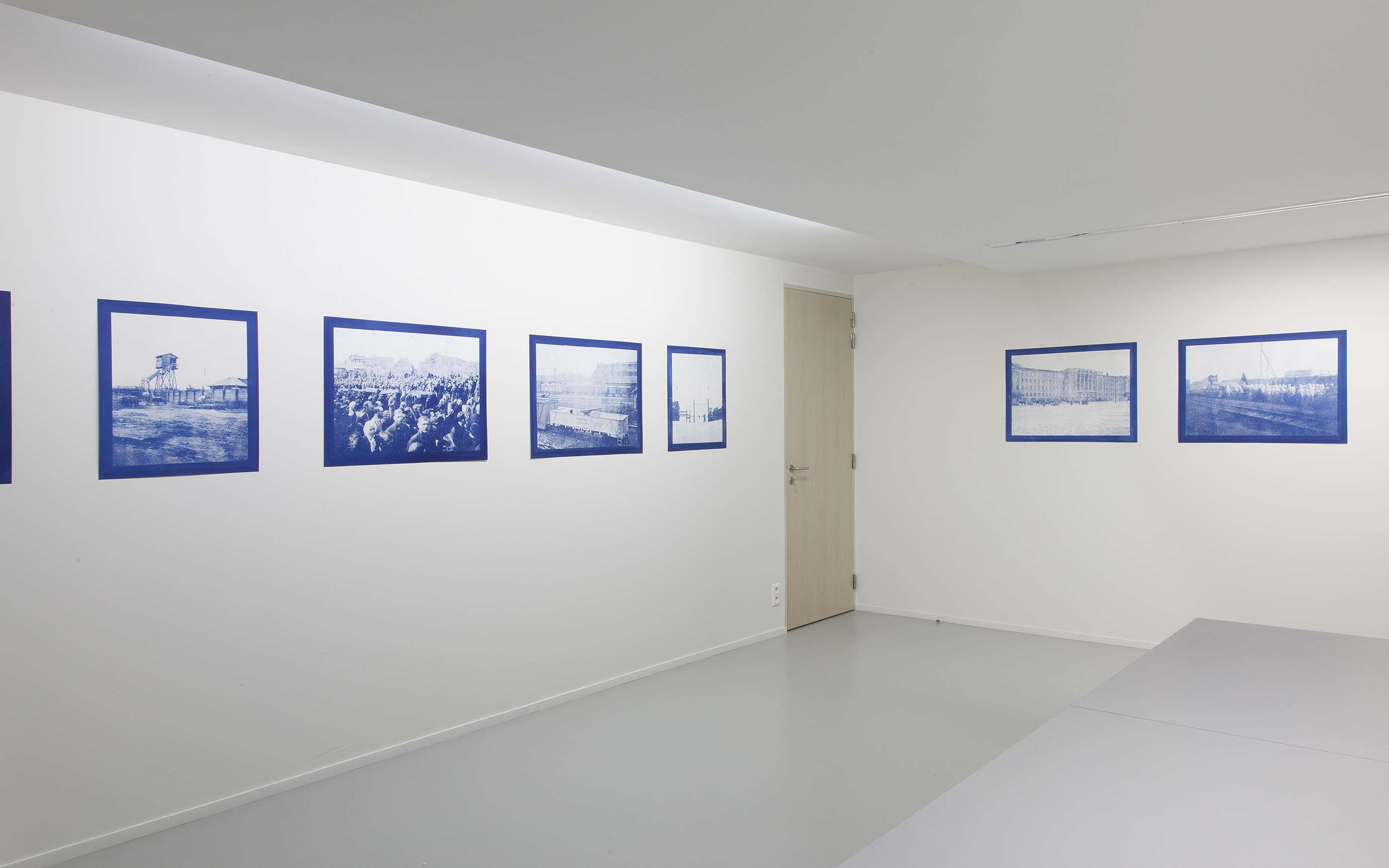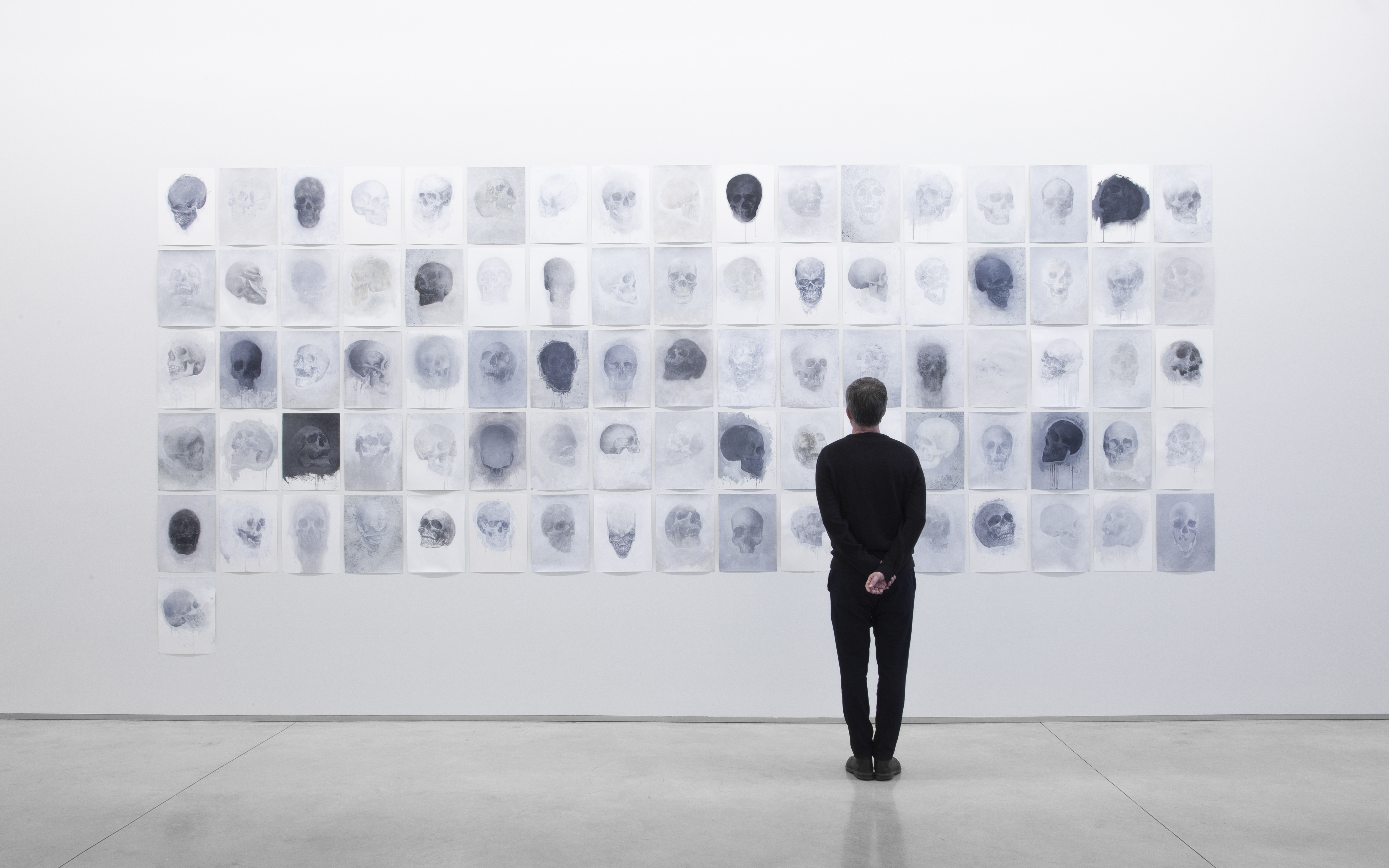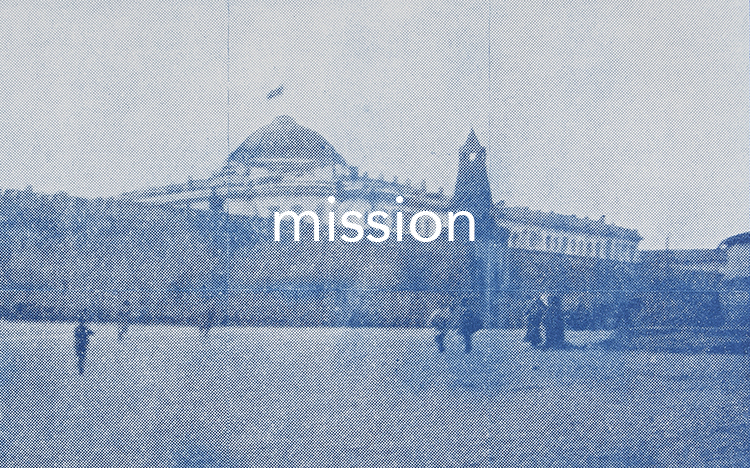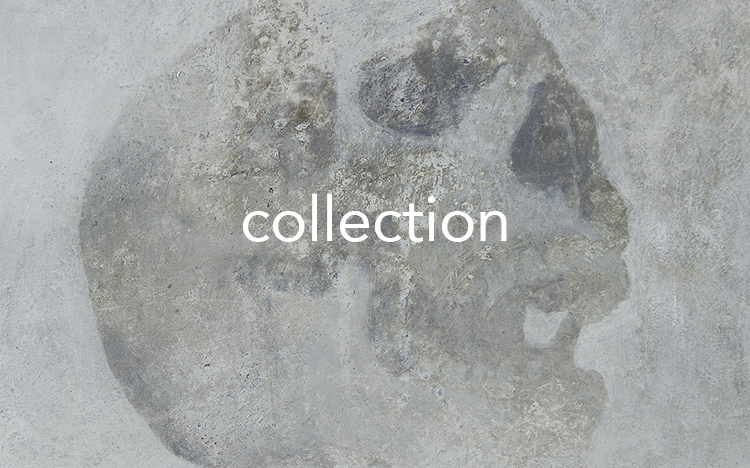gm project evokes the course and drift of George Montandon, doctor, anthropologist and explorer Swiss-French, born in Cortaillod in Switzerland on April 19, 1879, died in August 1944, shot by the Resistance. A supporter of the Bolshevik Revolution and a member of the Swiss Communist Party around 1920, he later became a theorist of scientific racism, an inspiration for Celine, a collaborator and an anti-Semite.
gm project, 2019
Galerie Triangle Bleu, Stavelot, Belgique
At the age of thirty, in 1909, Montandon spent eleven months exploring south-western Ethiopia, particularly Ghimirra, a region close to Sudan, travelling through unknown lands. On his return to Switzerland, he published the account of his journey. The detailed descriptions, illustrated with photographs, diagrams and maps cover all aspects of life in the southwestern provinces. The unpublished documents he published opened up the most eminent geographical societies in England, France, Italy and Switzerland, where he was called upon to give lectures.
![]()
![]()
![]()
![]()
![]()
![]()
![]()
